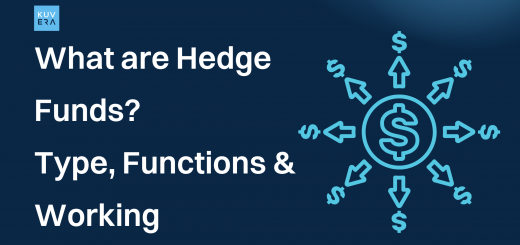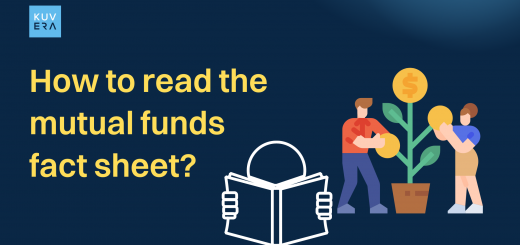In this video by Franklin Templeton India, you will get to know about different types of equity funds like multi-cap and Flexi-cap funds. You will also discover when large-cap, small-cap or mid-cap funds add value to your portfolio.
Types of Equity Funds
Firstly, we must answer one question—what is equity or an equity share?
Equity refers to the portion of investments made in stocks and mutual funds by purchasing the shares of a listed company. The different types of equity funds help investors analyse and choose the right investment portfolio based on their equity capital availability and risk appetite.
An investor can choose to buy and sell stocks in the short term, called equity trading. On the contrary, they can choose to stay invested in the long term by adding more investments to their existing ones. Hence, equity trading is done by daily and swing traders. Equity trading is not recommended for people with no financial background since it carries serious risk and equity capital requirements.
What is an equity fund?
Equity mutual funds can be divided into categories based on size, types of investors, the risk involved, and the equity capital required.
On the other hand, debt mutual funds comprise higher debt than equity and other asset classes. Usually, debt mutual funds are preferred by investors who seek fixed income in the long run.
Multi-cap or Flexi-cap funds
Flexi-cap funds can make investments in any company, regardless of how large or small that company’s market capitalisation is, in contrast to mid-cap funds and small-cap funds, which only invest in shares based on the market size of those companies.
A Flexi-cap fund manager can invest anywhere he sees fit. He can also strategically alter the allocations of the fund’s holdings between big, mid, and small-cap funds in response to market opportunities. Nevertheless, multi-cap funds must invest at least 25 per cent of their total corpus in large-cap, mid-cap, and small-cap funds.
Large-cap funds and who it is suitable for
Large-cap funds equities are frequently regarded as more secure investments. This is because large-cap fund organisations are often more significant, longer-standing businesses with a good track record. This makes them more attractive to investors, who supply a continuous flow of funds, which helps keep their volatility to a minimum.
As a result, the value of these assets tends to be more stable. Consideration should be given to large-cap funds and equity funds by anyone interested in investing with a time horizon of more than a decade. Most of the time, the fund displays considerable underperformance during the market downturn.
Consequently, the fund generates returns that, over more than seven years, fall somewhere in the region of 10 to 12 per cent. When we invest a disproportionate amount of our equity capital in the stocks and mutual funds of a single industry or firm, we expose ourselves to the danger of incurring catastrophic losses.
Investors also need to look for companies whose debt-equity ratio is sustainable, that is, 2:1. A good debt-equity ratio would mean that the company is eligible to obtain healthy equity and borrowings.
Mid-cap funds and who it is suitable for
Mid-cap funds firms have not only been able to generate more large, absolute returns over an extended period, but they have also been able to generate these returns with a lower risk. Since the actual growth potential of the companies in which these funds invest can only be realised over a reasonably long period, these funds take a long time to make their investments.
Choosing a mid-cap fund can be difficult because of the wide variation in performance from fund to fund and over different periods. When we invest in stocks and mutual funds, we should expect that it will take at least five years for us to enjoy the equity benefits.
These equity benefits can be in the form of dividends, profits, and tax holidays. However, remember that equity benefits may not occur in mid-cap stocks.
Small-cap funds and who it is suitable for
Investors who can withstand higher uncertainty levels might consider investing in this area. Our portfolio needs to include some portion dedicated to small-cap funds, even if it’s just a little.
When dealing with these funds, we must acquire the virtue of patience. Otherwise, our portfolio’s gains won’t last very long because of the erroneous changes or redemptions we’ve made.
When compared to large-cap funds and mid-cap funds, small-cap funds are known to be more volatile. Small-cap funds endure significant losses when the markets perform poorly because they are less established and often decide to close their doors.
On the other hand, it is an excellent investment opportunity for individuals who can accept a higher level of risk and are searching for more rapid growth.
Interested in how we think about the markets?
Read more: Zen And The Art Of Investing
Check out all our “Investor Education Originals” videos on Youtube and get smart about investing.
Start investing through a platform that brings goal planning and investing to your fingertips. Visit Kuvera.in to discover Direct Plans and Fixed Deposits and start investing today.
#MutualFundSahiHai #KuveraSabseSahiHai!











